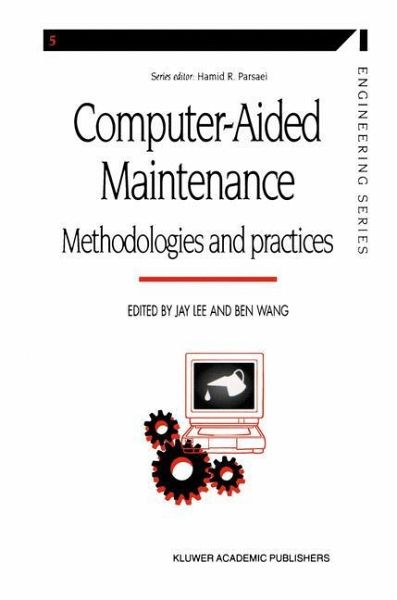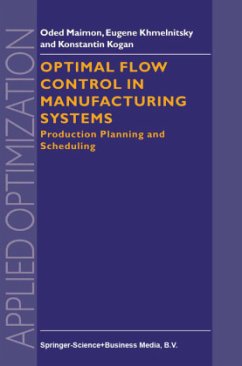
Computer-aided Maintenance
Methodologies and Practices
Herausgegeben: Lee, Jay; Wang, Ben

PAYBACK Punkte
57 °P sammeln!
In today's business environment, reliability and maintenance drastically affect the three key elements of competitiveness - quality, cost, and product lead time. Well-maintained machines hold tolerances better, help reduce scrap and rework, and raise consistency and quality of the part in addition to cutting total production costs. Today, many factories are still performing maintenance on equipment in a reactive manner due to a lack of understanding about machine performance behaviour. To improve production efficiency, computer-aided maintenance and diagnostic methodology must be applied effec...
In today's business environment, reliability and maintenance drastically affect the three key elements of competitiveness - quality, cost, and product lead time. Well-maintained machines hold tolerances better, help reduce scrap and rework, and raise consistency and quality of the part in addition to cutting total production costs. Today, many factories are still performing maintenance on equipment in a reactive manner due to a lack of understanding about machine performance behaviour. To improve production efficiency, computer-aided maintenance and diagnostic methodology must be applied effectively in manufacturing. This book focuses on the fundamental principles of predictive maintenance and diagnostic engineering. In addition to covering the relevant theory, techniques and methodologies in maintenance engineering, the book also provides numerous case studies and examples illustrating the successful application of the principles and techniques outlined.














